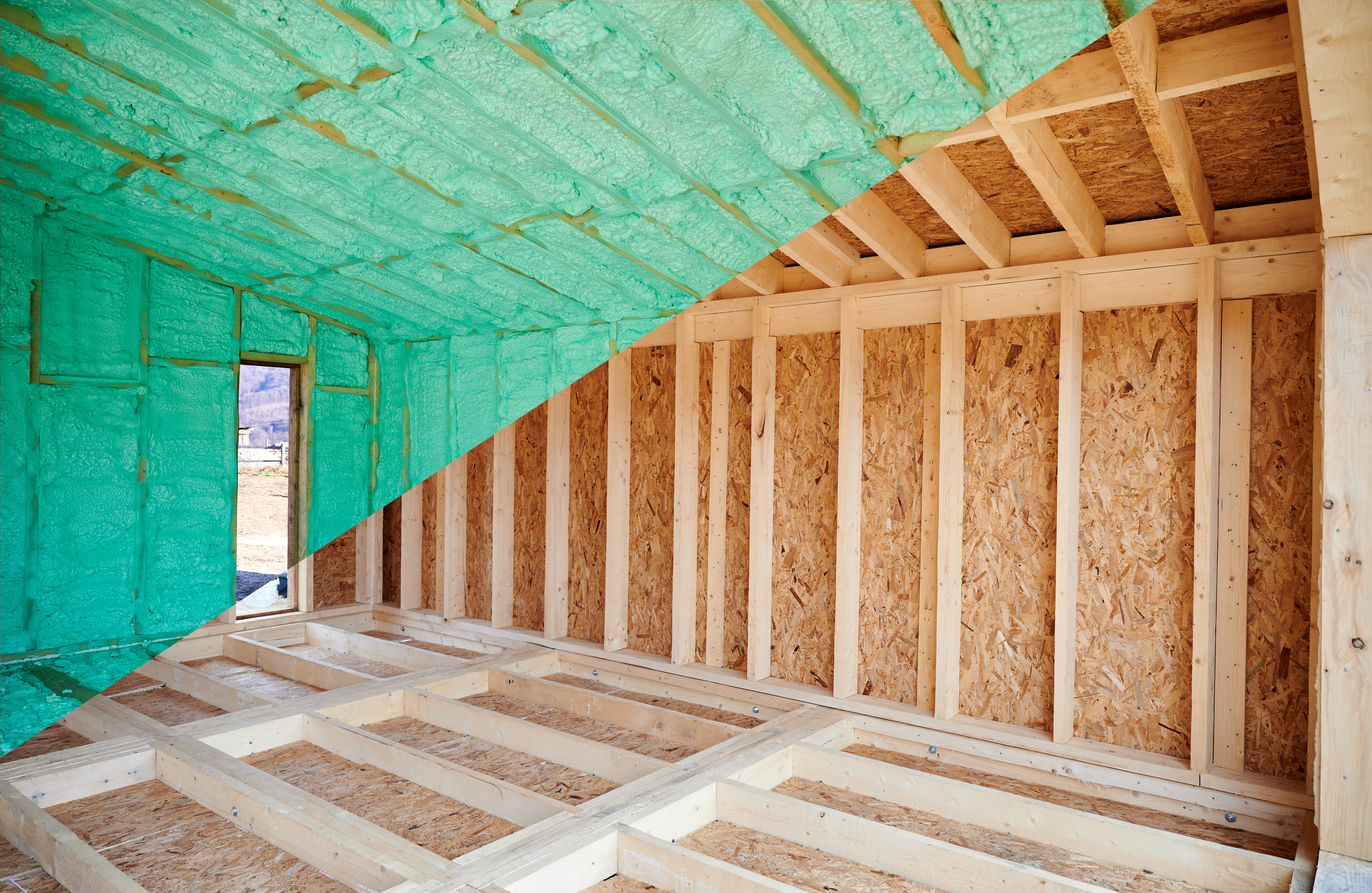News Blast Hub
Stay updated with the latest news and insights.
Insulation: Your Home's Invisible Superhero
Uncover the hidden power of insulation! Discover how it saves you money, boosts comfort, and protects your home like a superhero.
Understanding the Different Types of Insulation: Which One is Right for Your Home?
When it comes to insulating your home, understanding the different types of insulation available is crucial for making an informed decision. The most common types of insulation include fiberglass, foam board, and cellulose. Each type has its own unique benefits and applications. For instance, fiberglass insulation is popular for its excellent thermal resistance and cost-effectiveness, making it a go-to choice for attics and walls. In contrast, foam board insulation offers superior moisture resistance and is often used in foundations and exterior walls, while cellulose insulation, made from recycled paper, is eco-friendly and great for filling gaps in existing structures.
When choosing the right type of insulation for your home, consider factors such as your climate, the part of the house you are insulating, and your budget. For example, spray foam insulation is exceptionally efficient for sealing irregular spaces but may come at a higher cost. On the other hand, if you're looking for a DIY-friendly option, batts or rolls of fiberglass are widely accessible and suitable for various applications. Ultimately, properly assessing your needs and understanding the different types of insulation will help you select the best option to ensure comfort and energy efficiency in your home.

How Insulation Saves You Money: The Impact on Energy Bills
Insulation plays a crucial role in maintaining a comfortable and energy-efficient home. By effectively regulating indoor temperatures, it prevents heat loss during winter and keeps your space cooler during summer months. This thermal resistance means your heating and cooling systems do not have to work as hard, leading to significant reductions in energy consumption. Homeowners can expect to see a marked decrease in their monthly energy bills, often between 10% to 50%, depending on the level and type of insulation installed.
Moreover, investing in quality insulation is not just about immediate savings; it also translates into long-term financial benefits. Over time, the cost savings from reduced energy bills can pay for the installation of insulation. Additionally, homes with proper insulation are more attractive to potential buyers, leading to higher property values. Therefore, incorporating insulation can be seen as both an energy-efficient choice and a strategic financial investment for homeowners.
Is Your Home Properly Insulated? Signs You Might Need an Upgrade
Proper insulation is crucial for maintaining a comfortable home environment and reducing energy expenses. Signs you need an upgrade can often go unnoticed until the temperature drops or rises uncomfortably. One of the first indicators that your home may be improperly insulated is the presence of drafts. If you can feel cold air seeping in around windows, doors, or even through the walls, it's a clear sign that your insulation is either lacking or has deteriorated over time. Additionally, you may notice uneven temperatures in your home; some rooms feel warmer or cooler than others, suggesting that insulation in those areas isn’t doing its job effectively.
Another telltale sign of inadequate insulation is a spike in your energy bills. If your heating and cooling costs are climbing without a corresponding increase in usage, it might be time to reassess your insulation. Check for moisture and mold as well, since these issues can develop in poorly insulated areas, causing serious damage to both your home and health. To summarize, if you are experiencing drafts, uneven temperatures, and rising energy costs, it's time to consider whether your home is properly insulated or in need of an upgrade.